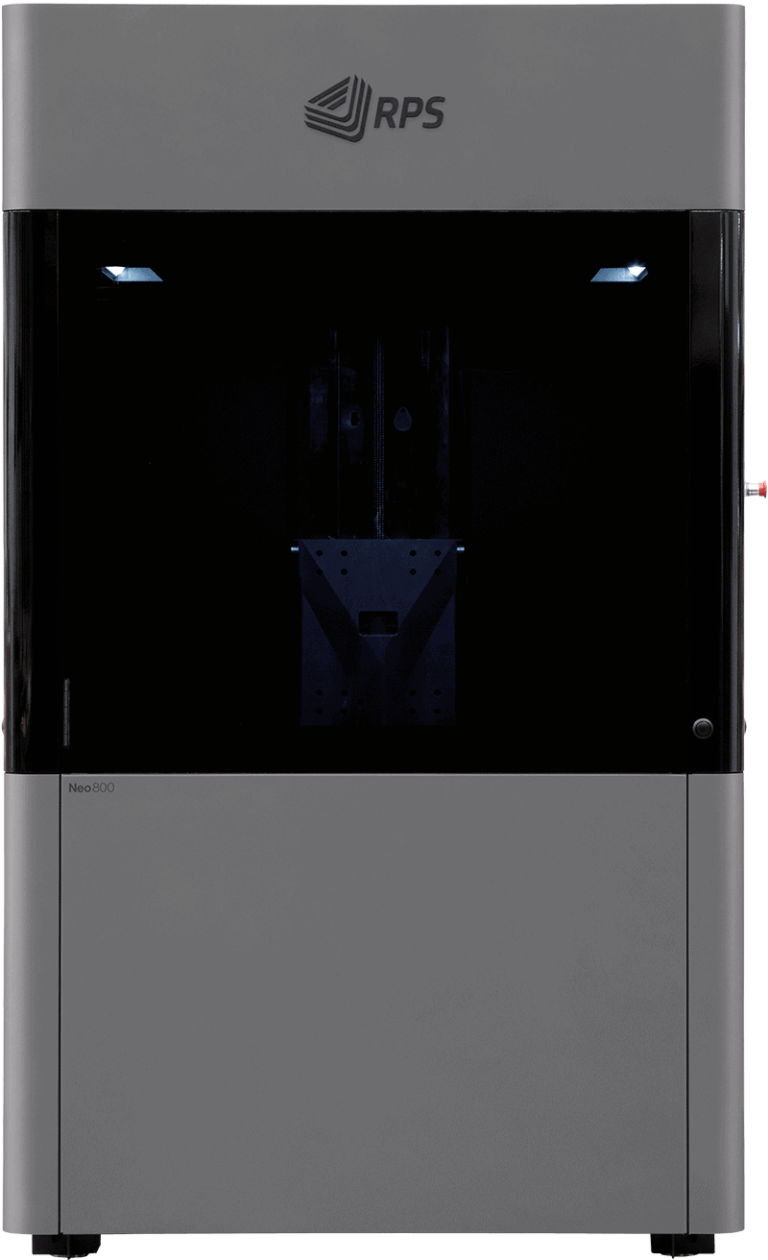Stereolithography (SLA) is a rapid prototyping technology that involves adding material to digital files to produce parts. The materials used are light-sensitive liquid resins that solidify using ultra-violet (UV) light.
The successive 0.10 to 0.15 mm layers thus created will reproduce the shape of your part, with a quality almost equivalent to plastic injection molding. Stereolithography-printed parts require post-processing. It must first be cleaned with a solvent to remove unpolymerized resin residue, and then placed in an oven to complete polymerization and maximize material strength.
Axis is equipped with several SLA 3D printers to meet growing customer demand.
The printing dimensions of our largest machine enable us to print parts up to 1500 x 750 x 550mm.

This makes it an ideal technology for:
At Axis, we use the following materials:
Want to know more about stereolithography? You can consult our
material sheets.
For the dimensions of your parts, we are able to comply with standard NFT 58-000 normal class.
The stereolithography process takes 2 to 5 working days, depending on the size and finish of your project. For mini series (up to a few hundred pieces, please contact us for lead times).
For the design of your parts, plan for a minimum wall thickness of 0.8mm.
To obtain a part using Stereolithography technology, several steps are necessary:
To find out more about our other additive manufacturing production resources, please visit our our machines page.
Need a quote or information on rapid prototyping?
Ask us for a quick quote or call us on +33 (0)5 55 06 17 17